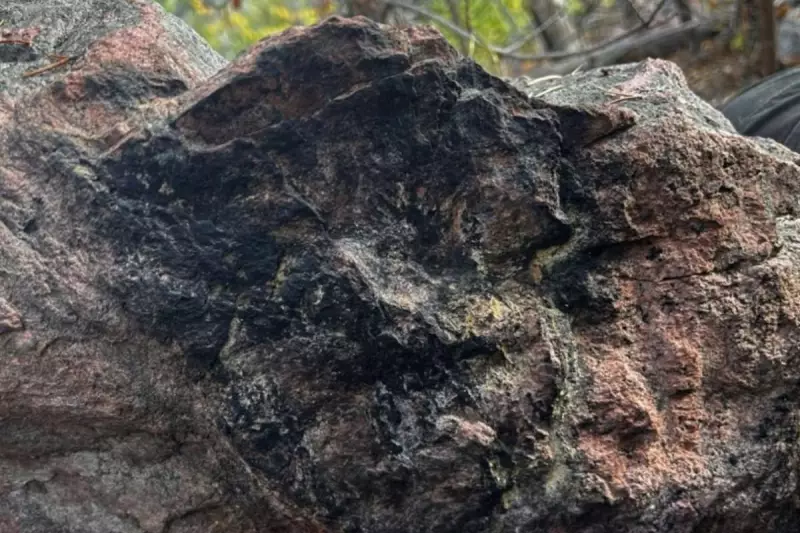
Australian explorer Infini Resources has completed a crucial field program at its Canadian uranium projects, successfully pinpointing new zones of high radioactivity as it prepares for a maiden drilling campaign next year.
Groundwork Uncovers Promising Signs
The company has wrapped up its Phase 2 exploration work at the adjacent Reynolds Lake and Reitenbach Lake projects, situated on the eastern edge of Canada's world-renowned Athabasca Basin in northern Saskatchewan. Covering a massive 677 square kilometres of exploration tenure, the projects straddle the significant Needle Falls Shear Zone, a geological feature known for hosting some of the planet's richest uranium deposits.
Infini's latest campaign involved detailed mapping and collecting additional rock samples from previously identified areas. The work aimed to refine the understanding of where uranium-bearing fluids have travelled through the rock, ultimately sharpening drill targets for the planned 2025 program.
Significant Uraninite Discovery
The standout result from the fieldwork remains the visual discovery of uraninite at the Reitenbach Lake project. This black, shiny uranium mineral was found sitting directly within rock fractures at the surface, a highly encouraging sign for explorers.
The surface uraninite is hosted by parallel fractures within the rock and is accompanied by a fine-grained yellow-greenish radioactive mineral, potentially carnotite or another secondary uranium species. To confirm the mineralogy, thin-section analysis is currently underway, with results anticipated just before Christmas.
The company also reported exceptionally high scintillometer readings, a device used to measure radioactivity. One outcrop, located 30 metres along strike from the uraninite discovery, recorded a reading of 4700 counts per second. Another area, 400 metres along strike, hit an impressive 9800 counts per second.
Preparing for the 2025 Drill Program
Infini now believes the mineralised system extends well beyond the initial discovery outcrop. A zone northeast of the main find, associated with a pegmatite dyke, returned a steady 8000 counts per second. Several other areas linked to major electromagnetic conductors at depth also show promise.
In total, 35 new rock samples were collected during the Phase 2 program and have been sent to the laboratory for full chemical analysis. While high scintillometer counts and visible uranium minerals are positive field indicators, the definitive assay results from the lab will reveal the true uranium grades.
The first batch of lab results is expected before Christmas, with the new Phase 2 samples to follow early next year. Once all data is in hand, Infini will integrate the geochemical results with its geological maps and geophysical surveys to finalise the exact locations for its maiden drill program, scheduled to commence once the ground thaws in 2025.
Phase 2 has delivered exactly what we had hoped for — multiple zones of strong radioactivity, compelling structural settings, and alteration signatures consistent with uranium-bearing systems, said Infini Resources CEO Rohan Bone. The confirmed uraninite showing at Reitenbach, together with the scale and intensity of the surrounding EM targets, strongly indicates the potential for a significant uranium system.
The company is also progressing its engagement with the local First Nations group, Ya'thi Néné, and is advancing the necessary permits to enable drilling to proceed next year. With uranium supply tightening and prices experiencing volatility, Infini is positioning itself in one of the globe's most prospective uranium regions.





